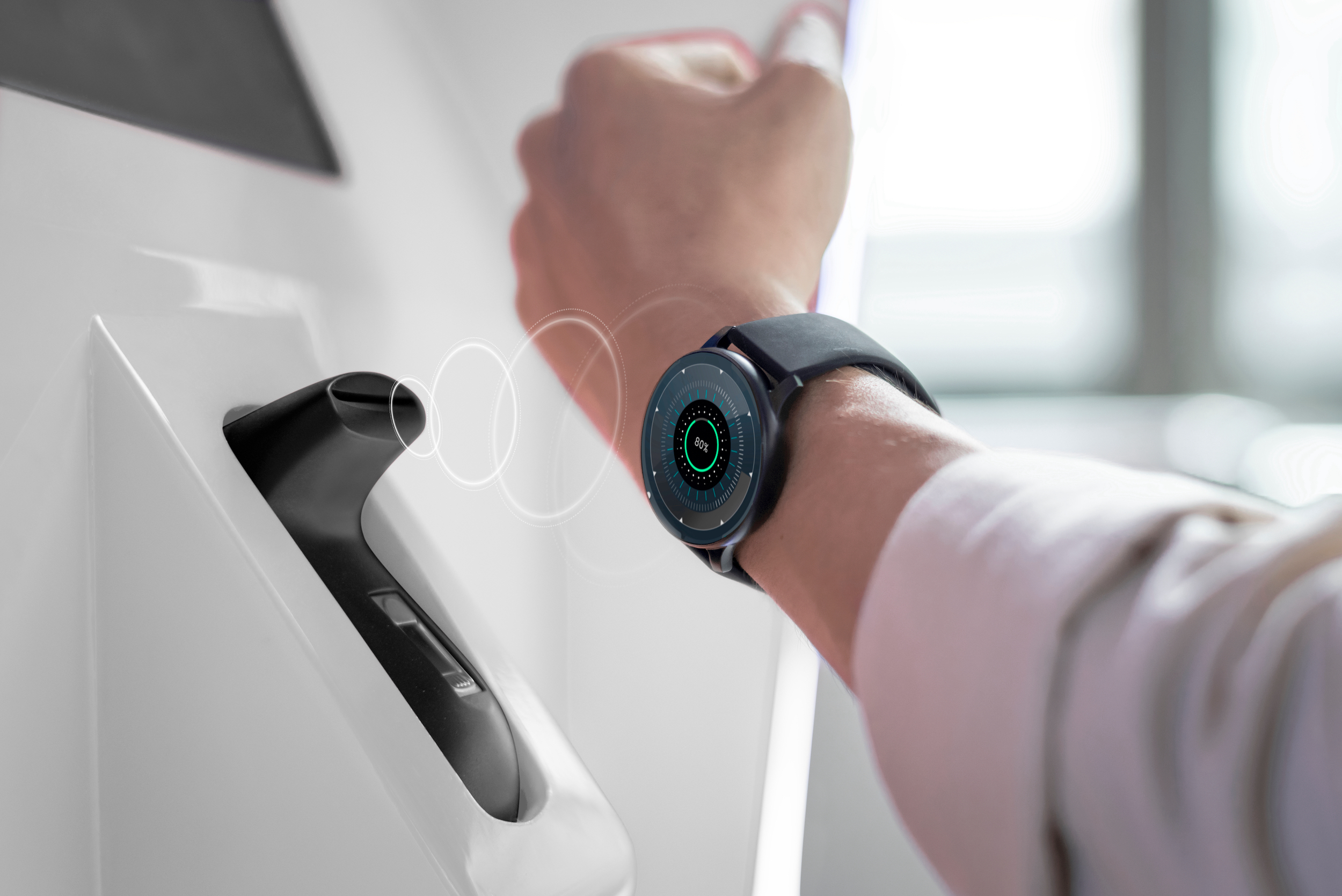Risk on your wrist: how safe are our wearables?
Smart wearable devices have become our identity extensions. Even more than our smartphones. It’s clear to anyone who is paying attention. Our homes are now covered with plethora of smart IoT devices, having made their way to our workplace, exacerbated by hybrid working. In fact, most corporate wellness programmes promote smart wearables among staff to foster workplace safety, productivity, and inclusiveness.
According to Amazon, the five (5) most popular smart wearables people buy today are:
1. Smart rings
2. Smart glasses
3. Clothing with sensors
4. Smart headphones
5. Medical wearables
In addition to the amazingly powerful technology behind our wearables, they all have one common denominator – you can receive and send information without drawing attention to yourself. All very well and considerate to your fellow workers, but unfortunately a fantastic new way for bad actors to exchange information without getting caught.
Let’s first circle back to the heart of the risk to understand what a smart device means. Without paraphrasing widely available definitions, all IoT devices have two key elements that make them smart: (1) they connect to a network such as WiFi, Bluetooth or 5G, and (2) they are interactive. The presence of these components means that each smart device has a microphone and a camera and is almost always online. With cyber security risk higher than ever, connected smart wearables need urgent attention and action also from compliance and control professionals.

Risk on your wrist: how safe are our wearables?
Our wearables come with a lot of security vulnerabilities, and it will take a thorough research paper to examine them all. For the purposes of this article, I highlight the top security risks, i.e. also a bare minimum companies should cover with their cyber security measures.
1. Smart wearables capture and collect information
2. Easy physical access to this data
3. Access to smart office technology
4. Information is shared with 3rd parties
5. Lack of encryption
6. Proximity based vulnerabilities such as Bluetooth technology leaks
7. Create vulnerabilities on business networks
As ever, the foundation of effective controls over connected devices lies in the BYOD and cyber security policies that include updated risk taxonomy. Smart wearables are deeply personal and challenging to manage at workplace, as they require extra attention from data protection perspective. The most sensible approach is to manage wearables with non-intrusive and GDPR-compliant technology that captures any unauthorised communications in regulated and other restricted areas.
Smart wearables market is projected to reach 776.23 million units by 2026. As more and more information is stored on our wearables, they have become an evident liability at workplace. For the safety of our financial markets, the risk professionals need to ensure that our compliance controls and behavioural policies include the latest technology vulnerabilities, i.e., any connected devices at regulated trading floors.
Until this is done, the backdoor to access the material non-public information remains wide open.
Further information on a new market-changing technology solution is available only at Mobilewatch. Book your demo now.
Published: 22 June 2022
Author: Raili Maripuu


